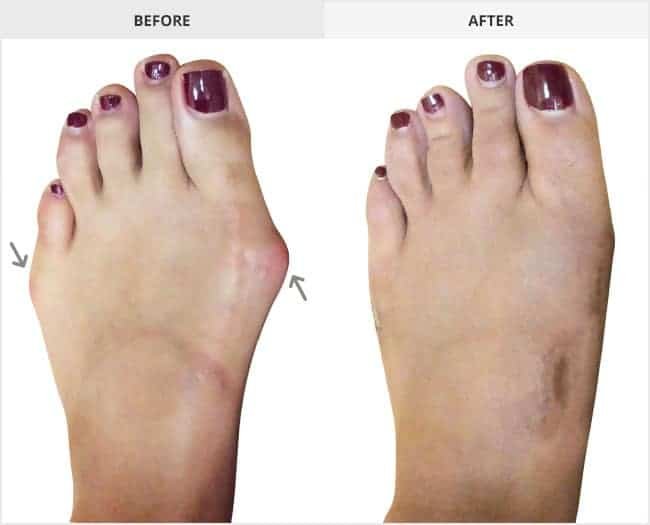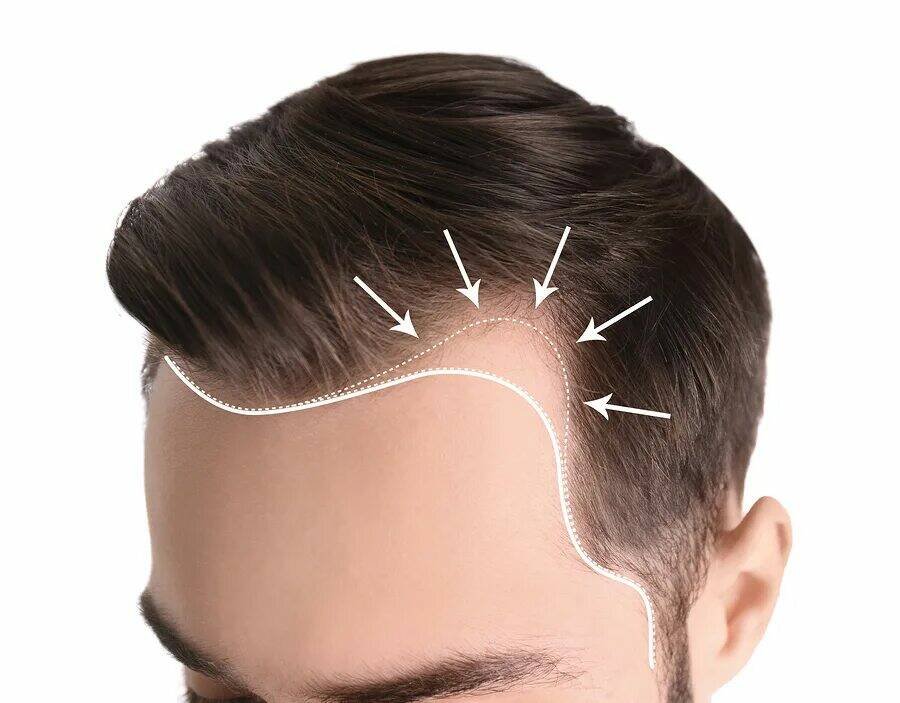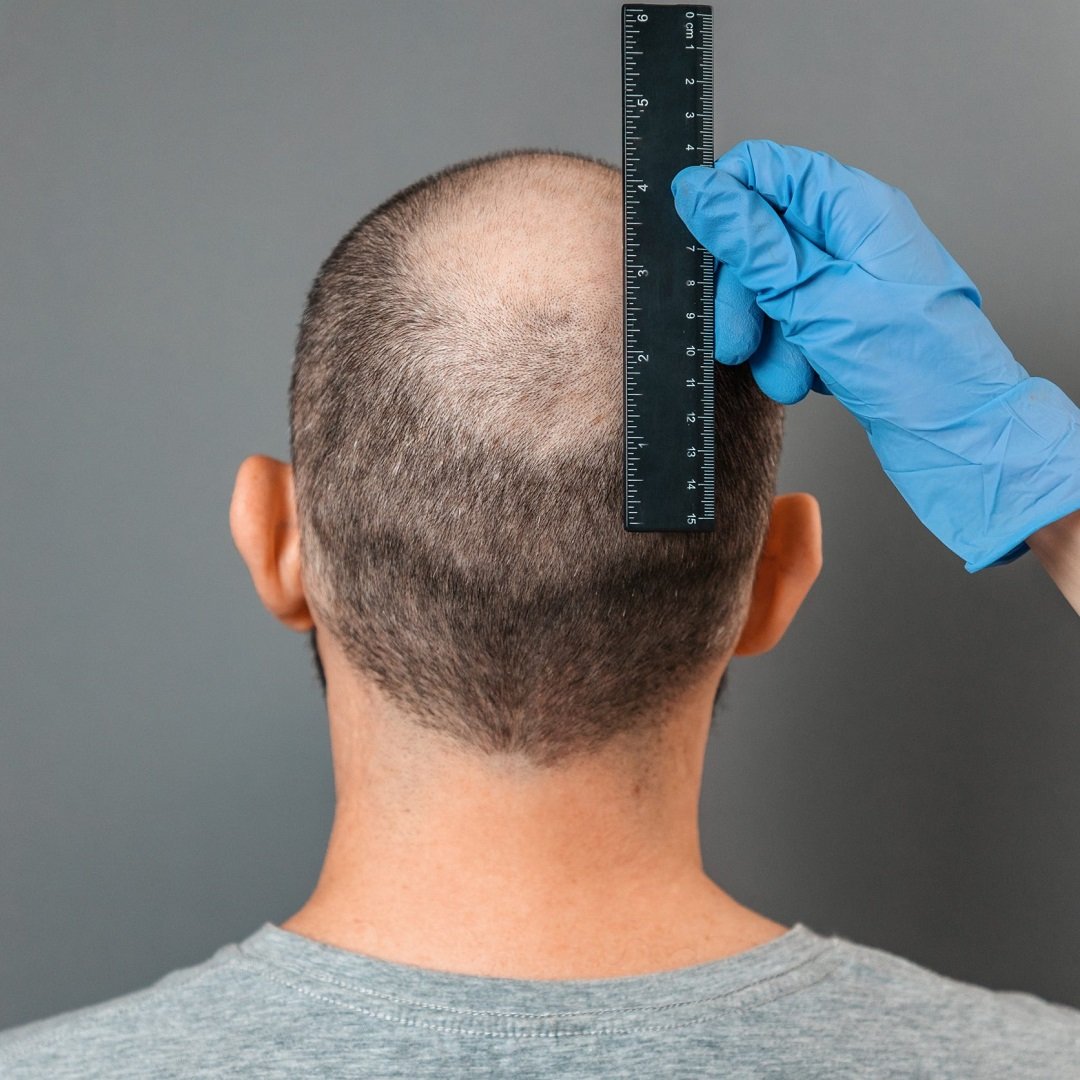Bunions are a common foot condition that can cause pain, discomfort, and mobility issues. While most people can manage their bunions with non-surgical treatments like shoe modifications or foot inserts, some will find that their bunions worsen over time and require surgery. If you’re experiencing symptoms that are affecting your quality of life, it may be time to consider bunion surgery. In this article, we’ll talk about the symptoms that indicate you may need bunion surgery and what you can do regarding this condition.
1. Persistent Pain in the Bunion Area
One of the most significant indications that bunion surgery may be necessary is persistent pain in the bunion area. If the pain is not alleviated by over-the-counter pain relievers, padding, or changes to the foot, it can be a sign that the bunion has progressed to a point where surgery is required. The pain may be mild or intense and may become worse with walking, standing for prolonged periods of time, or tight footwear. When the pain is not temporary and does not improve with rest and home treatment, it is best to consult a foot and ankle specialist.
2. Difficulty Getting Shoes That Fit Comfortably
Bunions can cause serious foot deformities, and it might be hard to find shoes that fit comfortably. Because the bunion is on the side of the foot, it might rub against the sides of your shoes and cause friction and pain. If you are continually experiencing pain in your feet due to your bunion and are having a hard time finding a shoe that doesn’t worsen the condition, surgery might be an option. Your bunion can be surgically corrected to realign bones so that you can wear a shoe again without pain.
3. Limited Range of Motion
A bunion can restrict the movement of your foot and toes, making it difficult to perform everyday activities like walking or exercising. If your bunion causes stiffness and limits your ability to move your foot freely, it can affect your overall mobility. In cases where conservative treatments do not provide relief, surgery may be necessary to restore full range of motion and improve your quality of life.
4. Swelling and Inflammation
When your bunion is accompanied by excessive swelling and inflammation, it may be an indication that the condition is advancing. The swelling might take place in the joint, causing pain when walking or standing for extended periods. Inflammation may also cause the formation of calluses or blisters as the foot adjusts for the abnormal bone alignment. Persistent swelling that is not relieved with rest and ice can be surgically treated to both address the underlying issue as well as to reduce the swelling.
5. Deformity and Hammer Toe Formation
Bunions typically lead to toe deformities, including the development of hammer toes. This occurs when toes become deformed as a result of pressure from the bunion. Hammer toes can cause additional pain, difficulty walking, and additional discomfort in the foot. If you notice that your toes are becoming more and more out of alignment or that they are curling under into an abnormal position, surgery can be the best means of correcting the deformity and removing the pain associated with it.
6. Inability to Perform Daily Activities
A bunion that gets in the way of your daily walking, stair climbing, or even standing for long periods of time can really affect your lifestyle. If your bunion pain and discomfort are limiting your ability to perform your day-to-day activities, surgery may be an option. Bunion surgery can restore your foot function so that you can resume your activities pain-free.
7. Bunion Causing Bone Deformity
As bunions worsen, they lead to changes in the structure of the foot. The bones involved, over time, will deform, and the bunion itself will also become more prominent. The bone deformity will lead to misalignment, pressure on the foot, and the inability to walk properly. Surgery at this stage is typically required to realign the bones and prevent complications from developing.
8. Failed Conservative Treatments
The majority of individuals initially try to manage their bunion pain through conservative means. This may include the use of padded pads, toe spacers, or anti-inflammatory medication. While these may provide temporary relief, they may not be a permanent solution for advanced bunions. If you have tried numerous nonsurgical treatments and continue to suffer from significant pain or worsening symptoms, surgery is probably the most ideal way to remedy the issue.
9. Interference with Sports or Physical Activities
For an athlete or someone who enjoys physical activities, a bunion can be a significant nuisance. Bunion pain can render running, jumping, or playing sports painful. The foot structure and alignment may be compromised, thereby causing muscle imbalances and making it difficult to perform well in physical activities. If you have tried to modify your shoes or level of activity with little success, bunion surgery can help restore your capability to participate in your favorite activities.
10. Impact on General Foot Health
Untreated bunions can lead to other foot issues, including calluses, corns, and other deformities that are the outcome of a pathological gait. With time, a bunion can also impact your knees, hips, and back because of the alteration of your posture while walking. If not treated, the alignment of your feet can further worsen, impacting your overall mobility. Surgery is usually done to reestablish the proper alignment of the foot and avoid potential complications in the future that may result from an untreated bunion.
11. When to Seek Medical Advice
If you notice any of the following symptoms, make an appointment with a medical doctor. A foot and ankle specialist can assess how bad your bunion is and recommend the best course of action. Depending on the nature of your condition, your doctor may recommend non-surgical treatments first, such as physical therapy or custom orthotics. But if those aren’t providing sufficient relief, they may recommend bunion surgery.
Minimally Invasive Bunion Surgery
Minimally invasive bunion surgery has become increasingly popular in the past several years among individuals who wish to have their bunions treated with little downtime and faster recovery. With this technique, smaller incisions are made, and special surgical instruments are employed to realign the bones. It is less traumatic to the surrounding soft tissue, resulting in less pain and earlier recovery time. If you’re considering bunion surgery, discuss with your doctor whether minimally invasive bunion surgery is right for you.
Conclusion
Bunions are a common foot ailment that can lead to serious pain and discomfort, affecting your day-to-day activities and overall quality of life. If you’re experiencing persistent pain, difficulty in finding shoes that fit properly, or limited movement, it may be time to consider bunion surgery. With advancements in surgery methods, for instance, minimally invasive surgery, you can expect less recovery time and complications. Should you be considering bunion surgery, ensure you discuss it with a specialist who can guide you through the most effective treatment steps.



